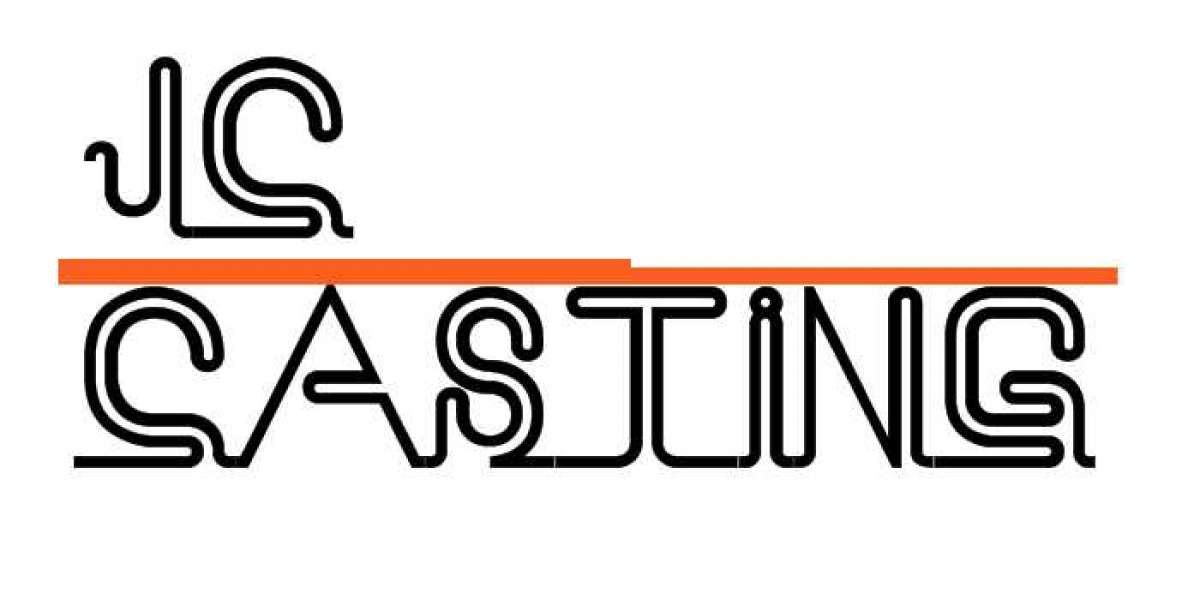Lost wax casting, also known as "investment casting", is the process of casting a single metal object from a wax model. This is a highly general procedure that can achieve very detailed results. This guide will explain how to get started with lost wax casting and what you can create with the process.
What is lost wax casting?
Lost wax casting builds a mold around a sacrificial wax model. After the mold is embedded, the wax melts and forms a cavity into which the metal or glass flows. Use this casting method to capture fine detail in metal and glass. This ancient method has been used to visually capture the stories of ancient cultures and religions throughout history since 3000 BC.
What is the lost wax process used for?
Lost wax casting is a 6,000-year-old craft still used in manufacturing and fine arts today. The precision and accuracy of the process makes it ideal for producing thin-walled, intricately detailed and tight tolerance objects. The process is used to manufacture parts for the transportation, agriculture, and medical industries, to name a few. It can be used to create objects ranging from simple to complex in a variety of metals by casting original wax models or patterns. Disposable molds made from wax patterns can only be used once in a casting. This guide focuses on the lost wax casting process for metal alloys. You can also use the lost wax casting technique to create cast glass objects. To learn more, visit our glass casting guide.
lost wax casting
8 Steps of the Lost Wax Casting Process
The basic lost wax casting process involves creating patterns and molds, and then pouring molten metal into the molds. You will then extract the solid metal casting and complete your piece. This process can be customized for different types of metal castings as well as shapes, sizes, etc. The following description is based on a smaller scale casting process, commonly used in jewelry. While basically the same, in larger castings, the mold material is made of a ceramic shell (colloidal silica and various grades of silica) instead of gypsum.



